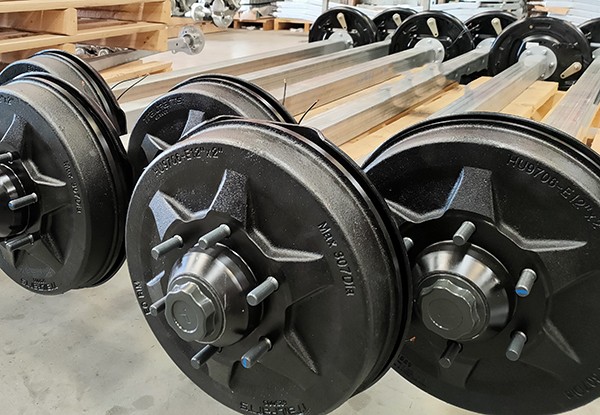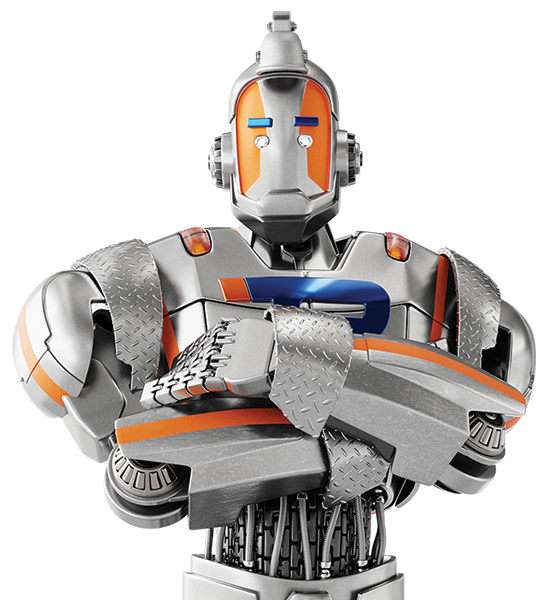Drum Brake - Specialist knowledge
Drum brakes are a type of friction brake that utilize brake pads against a cylindrical surface, known as the drum, to initiate braking. When the brakes are applied, the brake pads are typically pressed against the inner circumference of the drum. While drum brakes have been largely supplanted by disc brakes in most motor vehicles, they continue to be employed on the rear axle of less powerful cars and remain the preferred braking system for heavy-duty commercial vehicles and trailers.

Advantages of Drum Brakes
Low Actuating Forces: Drum brakes require relatively low actuating forces to initiate braking. This is due to their internal strengthening, which is measured by the brake coefficient. The coefficient of friction is typically two to five times higher than the required force.
Particle Protection: Drum brakes have a closed design that protects the brake shoes against coarser particles. This makes them particularly suitable for off-road vehicles and construction sites where there is a higher risk of encountering debris and dirt.
Reduced Rim Abrasion: Drum brakes design features reduce the amount of abrasion, such as brake dust, that comes into contact with the rim of the wheel. As a result, the rims stay cleaner and are subjected to less wear and tear.
Durability: Drum brakes are generally more durable than disc brakes. Reccomended maintenance inspections and removing the brake shoes in a double interval, indicating the long-lasting nature of drum brake systems.
Disadvantages of Drum Brakes
Laborious pad replacement: Replacing brake pads in drum brakes is more labor-intensive compared to disc brakes, requiring additional steps and disassembly.
Sensitivity to friction fluctuations: Drum brakes are more sensitive to changes in friction coefficient, particularly in older cars with front axle drum brakes. This sensitivity can cause unpredictable braking behavior and impact vehicle stability.
Increased weight: Drum brakes tend to be heavier than equivalent disc brakes in trucks, affecting weight distribution and potentially impacting fuel efficiency.
Limited heat dissipation: Drum brakes have poorer heat dissipation capabilities, especially under high-load conditions, due to their enclosed design. This can lead to increased brake fade.
Fading under high thermal load: Drum brakes are more prone to fading during prolonged or intense braking, resulting in reduced braking efficiency and longer stopping distances.
Why use drum brakes for trailers?
Rust Resistance in Long Downtimes: Drum brakes are preferred for trailers that experience extended periods of inactivity as they are less prone to rusting compared to disc brakes. This makes drum brakes a suitable choice when trailers are not frequently used.
Cost-Effective Purchase & Maintenance: Drum brakes are more economical to purchase and maintain compared to disc brakes. They typically have a lower initial cost and require less maintenance, making them a cost-effective option for trailer applications.
Enhanced Braking Force: Drum brakes are capable of generating a higher braking force with less expensive hydraulic systems. They can provide effective braking performance without the need for complex and costly hydraulic mechanisms.




